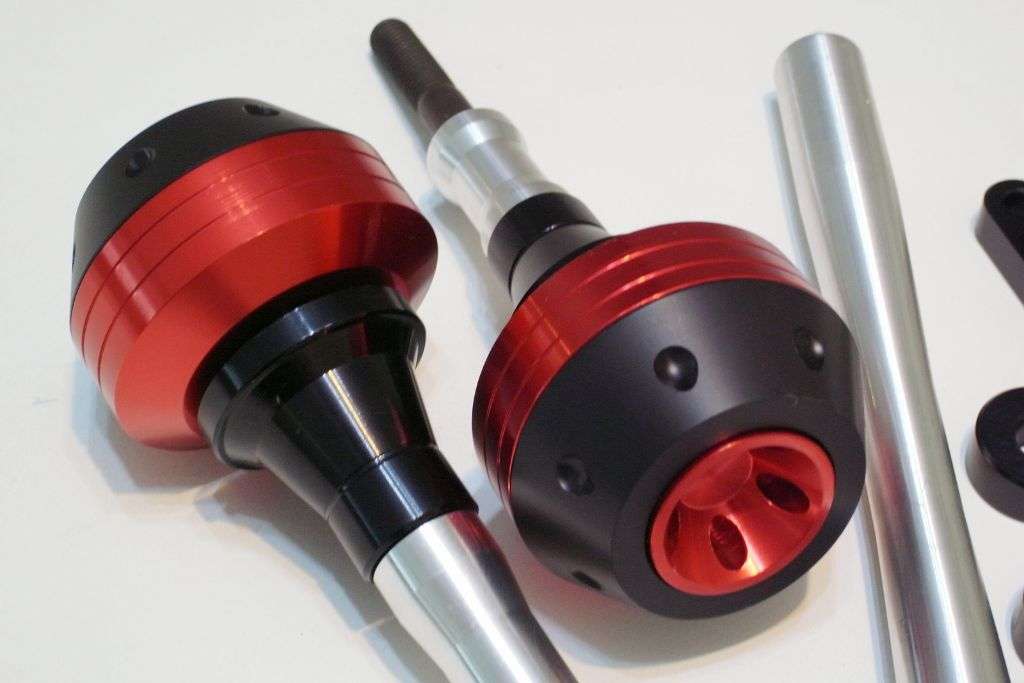
Aug 11,2023
When it comes to manufacturing plastic parts, two popular methods stand out: CNC machining and injection molding. Both techniques offer unique advantages and are widely used in various industries.
If you're looking for custom CNC plastic parts, it's essential to understand the differences between these methods to make an informed decision. In this article, we'll delve into the world of CNC machining and injection molding for plastic parts, exploring their strengths, applications, and considerations. So, let's dive in!
CNC machining has revolutionized the manufacturing industry with its ability to create intricate and precise plastic parts.
Using computer numerical control (CNC) technology, this method removes material from a solid block or sheet of plastic, transforming it into the desired shape. Here's why CNC machining has become a popular choice for many applications:
CNC machining offers unparalleled flexibility, making it ideal for producing custom plastic parts. Whether it's a complex design or a unique shape, CNC machines can accurately carve out the desired dimensions. This level of customization is particularly beneficial for industries like aerospace, automotive, and medical, where precision and uniqueness are crucial.
Another advantage of CNC machining is its compatibility with various plastic materials. From common thermoplastics like ABS and polypropylene to engineering-grade plastics such as nylon and PEEK, CNC machines can handle a wide range of materials.
This versatility allows manufacturers to choose the best plastic material for their specific application, considering factors like strength, durability, and temperature resistance.
CNC machining enables rapid prototyping, reducing the time and cost associated with product development. By quickly translating digital designs into physical prototypes, manufacturers can evaluate and refine their plastic parts before full-scale production.
This iterative process helps identify design flaws, validate functionality, and ensure a smooth manufacturing process.
Precision is the hallmark of CNC machining. With advanced software and cutting-edge machinery, it delivers exceptional accuracy and tight tolerances, often reaching up to ±0.005 inches.
Also, CNC machining can achieve superior surface finishes, eliminating the need for post-processing treatments in many cases. This saves time and resources while ensuring the end product meets the desired specifications.
Injection molding is a widely adopted method for mass-producing plastic parts with speed and efficiency.
It involves injecting molten plastic into a mold cavity, allowing it to cool and solidify into the desired shape. Let's explore why injection molding is preferred for high-volume production:
Injection molding shines when it comes to large production runs. Once the initial mold is created, subsequent parts can be manufactured at a significantly lower cost per unit.
This makes injection molding an economical choice for industries that require high volumes of plastic parts, such as consumer electronics, packaging, and automotive.
The versatility of injection molding enables the creation of plastic parts with intricate details and complex geometries. The molten plastic fills every corner and crevice of the mold, ensuring accurate replication of the original design.
This capability makes injection molding suitable for products with intricate features like threads, undercuts, and internal structures.
Injection molding offers rapid production cycles, making it highly efficient for mass production. Once the mold is set up, the process can be automated, allowing for continuous production with minimal operator intervention.
This efficiency results in faster lead times, meeting tight production schedules, and ensuring timely delivery of plastic parts.
With injection molding, manufacturers have access to a wide range of plastic materials to suit specific requirements. From commodity plastics like polyethylene and polystyrene to high-performance options like polycarbonate and polyamide, there's a material available for every application.
Moreover, injection molding can provide excellent material properties, including strength, impact resistance, and chemical resistance.
Choosing between CNC machining and injection molding for your plastic parts depends on several factors. Here are some key considerations to help you make an informed decision:
Quantity and Production Volume: If you need a small batch or a limited number of plastic parts, CNC machining can be cost-effective. For high-volume production, injection molding offers better economies of scale.
Complexity of Design: If your design requires intricate details, internal structures, or undercuts, injection molding is better suited to handle such complexity. CNC machining is ideal for simpler designs or low-quantity prototypes.
Lead Time and Speed: If you have tight deadlines and need rapid turnaround times, injection molding provides faster production cycles. CNC machining is more suitable for shorter production runs or prototyping.
Budget Constraints: While injection molding requires upfront investment in tooling and molds, it becomes cost-effective for large production runs. CNC machining is often preferred for smaller budgets or initial product development stages.
CNC machining and injection molding are valuable manufacturing methods for plastic parts, each with its strengths and applications. CNC machining offers flexibility, customization, and precise finishing, making it suitable for complex designs and smaller production runs. On the other hand, injection molding excels in high-volume production, cost-effectiveness, and replicating intricate details.
By considering factors like quantity, complexity, lead time, and budget, you can determine the most suitable method for your specific needs. Whether you choose CNC machining or injection molding, partnering with a reliable CNC plastic parts supplier ensures the successful production of your custom plastic parts.
A1: CNC machining can achieve high levels of precision and intricate details, but injection molding offers better replication of complex designs and intricate features.
A2: Injection molding is primarily used for mass production. However, rapid tooling techniques allow for small-scale production and low-volume runs of prototypes using injection molding.
A3: When selecting a CNC plastic parts supplier, consider their experience, expertise, quality control processes, material selection, and ability to meet your specific requiremen